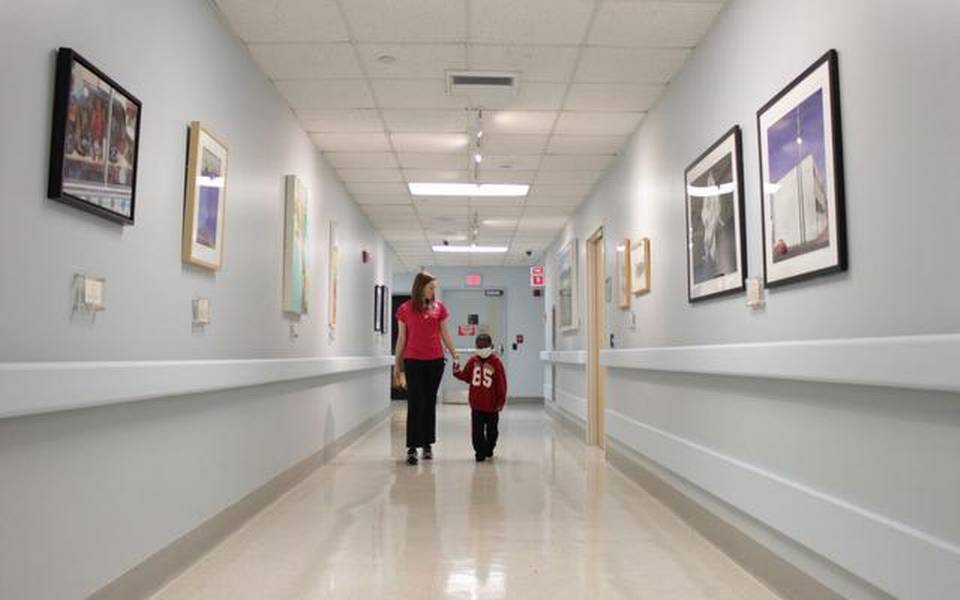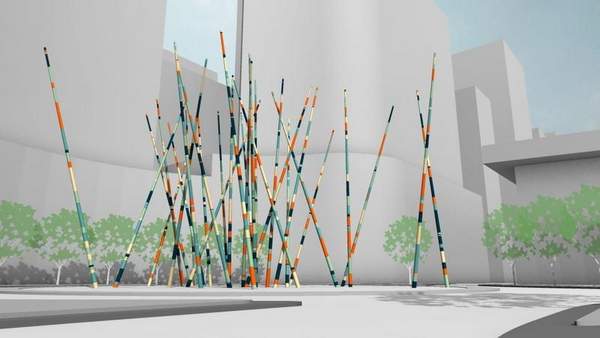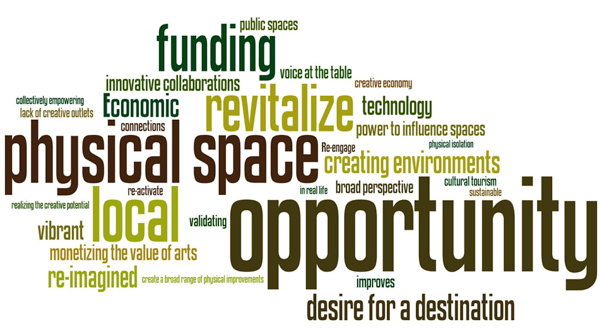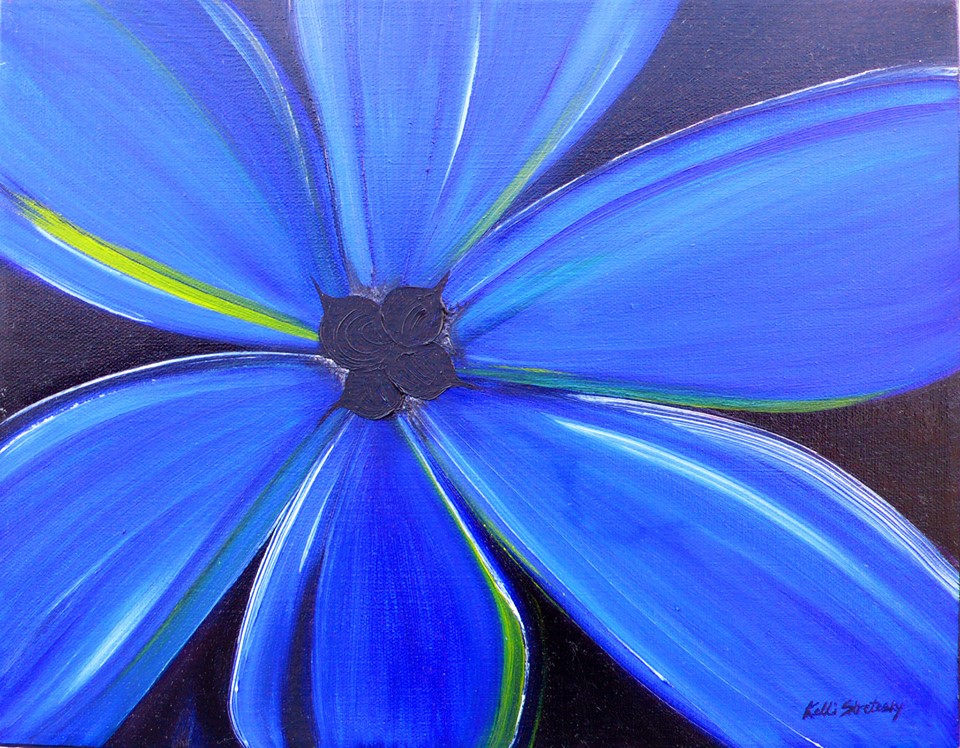
“Patients, especially those anxious about undergoing procedures and tests, respond well to the visual stimulation, finding it reduces their stress. And despite the fact that many hospitals face budget shortfalls, they often can purchase or commission art through funds supported by donations, or those built into budgets for new construction.”
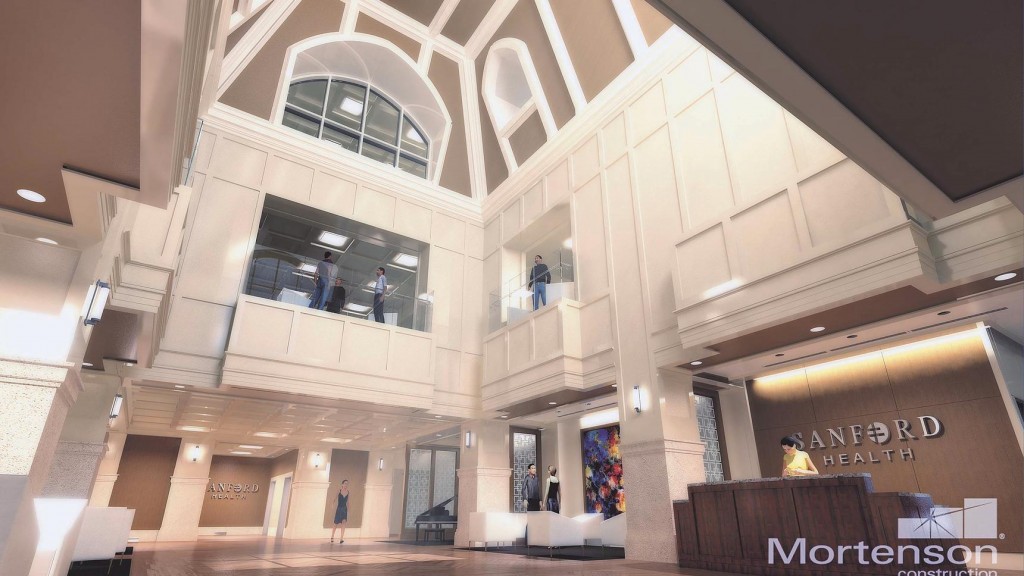
“Studies have demonstrated links between the physical environment and patient outcomes in several areas, according to research cited by the Center for Health Design:
Reducing staff stress and fatigue and increasing effectiveness in delivering care.
Improving patient safety.
Reducing stress and improving outcomes.
Improving overall health quality.”
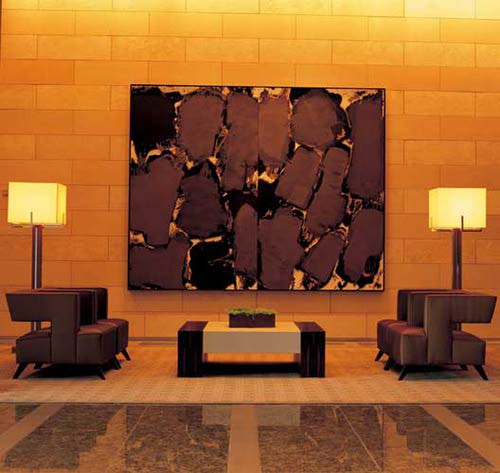
“Shining a spotlight on art and cultural relationships and business provides a better understanding between people of diverse nations. The quest for better communications through the arts help define businesses. By associating with the arts, businesses have discovered that their brands are enhanced and increase their reach and in the end their profitability.”
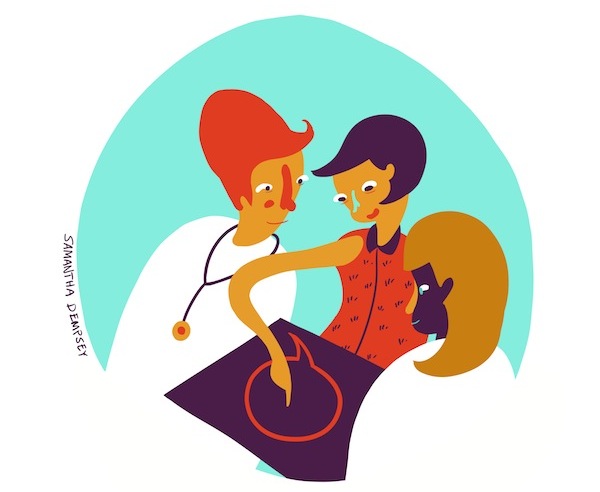
“Instead of simply treating the outcomes of bad habits, design allows us to create interactions that systematically motivate people to make sustainable changes in their own lives. We can design interventions that target not only the physical body, but also the mind, social situation, environment and internal motivation that drive behavior change.”

“The benefit of art in healthcare is in the experience of the art. While it may be dismissed by some as merely decoration, decades of research in Europe and the United States concludes otherwise. The role art plays in an overall strategy to produce healing environments has been measured against health and economic outcomes.”
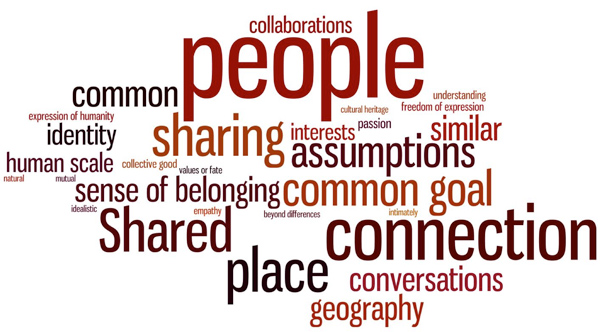
“Rural America is undergoing a profound economic restructuring, and many small towns have turned to their cultural and arts assets as sources of new economic development and a hook for retaining and recruiting young talent. Regional site visits to Wilson and Kinston, North Carolina, provided ideas and inspiration for arts revitalization strategies.”
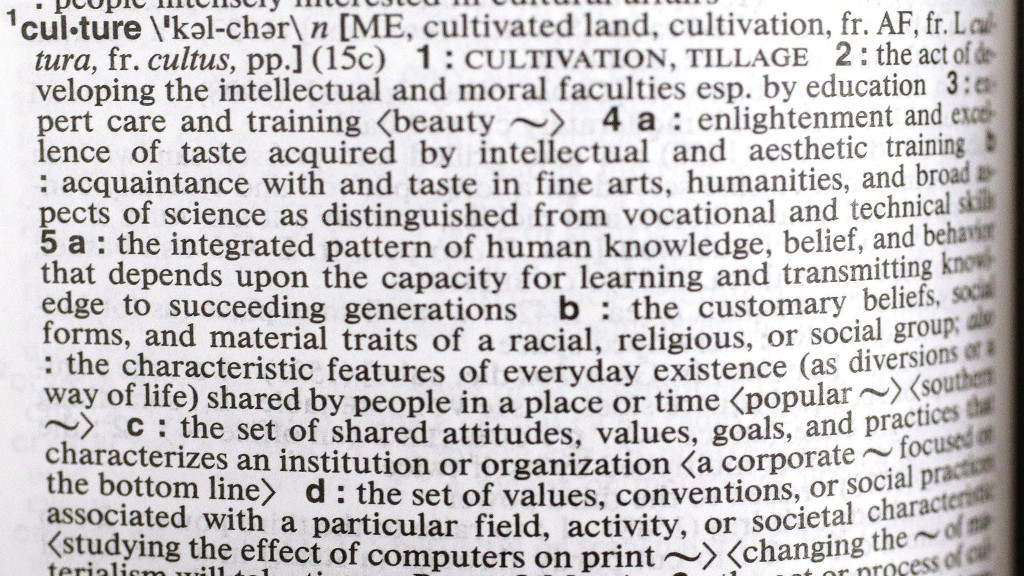
“The culture of a community significantly shapes debate and action that lead to development. Local culture also presents unique options for locally based economic, social, and other developments. Local understandings and interpretations of a community’s history reflect past events that feed into and are partially driven by the demands, sentiments, and interests of those in the present. This makes it crucial for community development practitioners to consider the cultural importance of efforts to improve local well-being.”
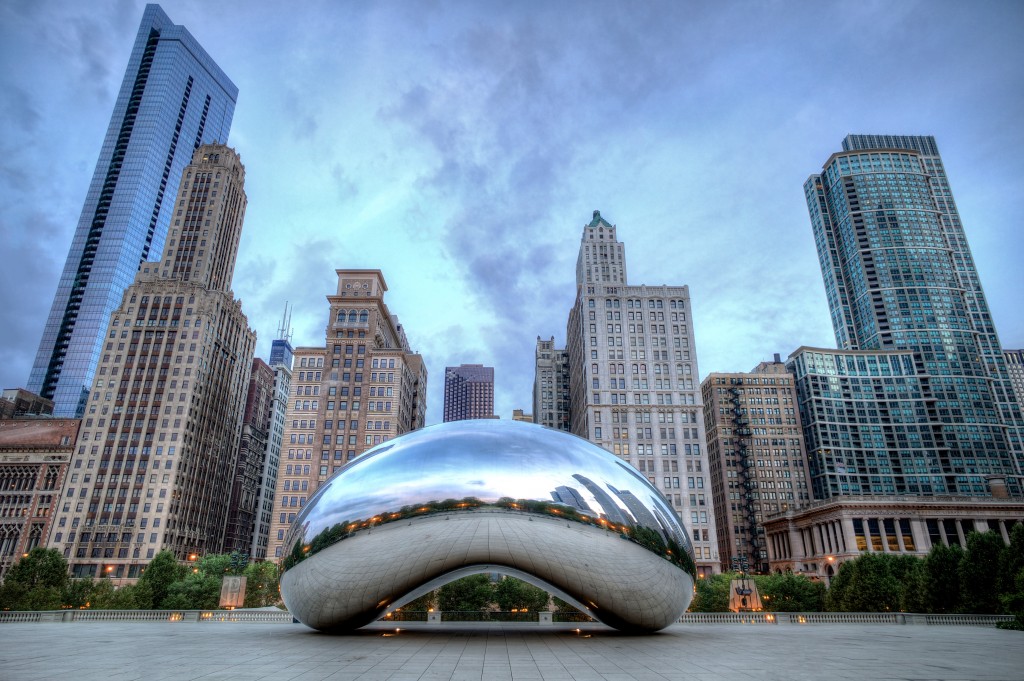
“Placemaking is the art of developing a public space that attracts people. In the process, it almost always pays economic dividends back to the community.”
“Places that incorporate local heritage and artists attract more tourists, and residents feel a stronger connection to such places. The Arts and Economic Prosperity III report from Americans for the Arts states that annual support in the arts generates a 7:1 return.”
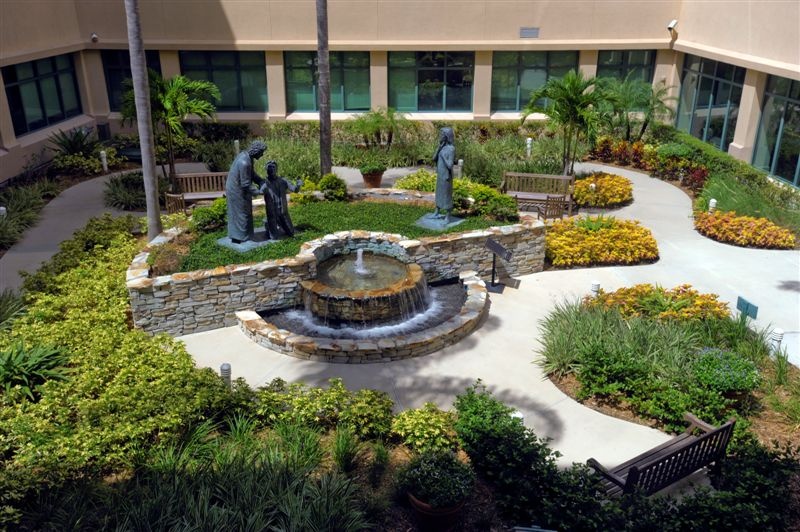
“In recent years, design for health care environments has begun to include esthetic enhancements in an attempt to reduce stress and anxiety, increase patient satisfaction, and promote health and healing. In this paper, the authors survey the existing research on those elements of the built and natural environment most often asserted by proponents as being inherently healing or promoting health.”
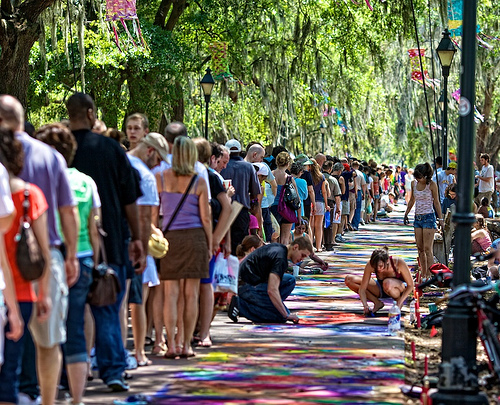
“The arts give people a creative voice, a path to leadership, a way to express shared values, and to create a shared experience working together toward meaningful outcomes. There is consensus among social scientists, historians, educators, and activists that it is exactly these kinds of experiences that helps to build community. Working in and through the arts becomes another way to help people meet the economic, ecological and social challenges of the future.”
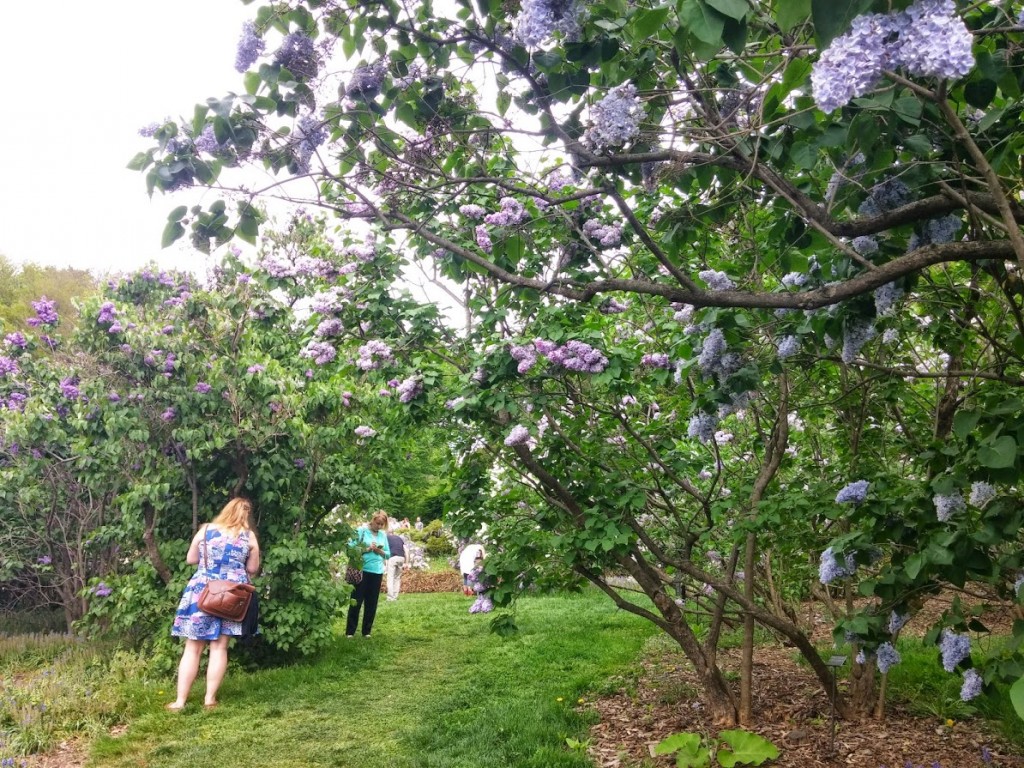
“Increase connection to nature. A number of studies have presented strong evidence that even 3 to 5 minutes of contact with nature can significantly decrease stress, reduce anger and fear, and increase pleasant feelings.8-11 This calming effect can be achieved by providing views to the outside, interior gardens or aquariums, or artwork with a nature theme.”
